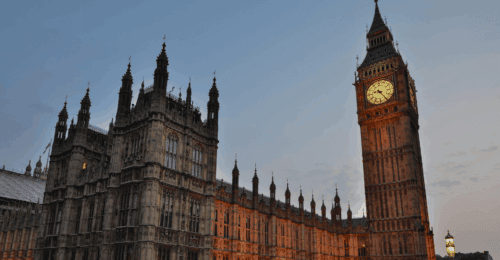
Top Pension Planning Tips Before the 24/25 Tax Year Ends
As the 2024/25 tax year draws to a close, now is the time to review your pension contributions and ensure every available tax relief is fully utilised with careful pension planning. With recent changes to pension allowances, corporation tax, and income thresholds, there are significant opportunities to boost retirement savings while minimising tax liabilities.
From making the most of the annual allowance to strategic planning for high earners and business owners, this guide outlines ten essential pension planning strategies you should consider before the new tax year begins.
We hope you enjoy these thoughts about pension saving, but if you have questions or needs with regard to your pension please do get in touch!
Lifetime Allowance Changes
The lifetime allowance (LTA) charge has been scrapped, meaning those who previously paused contributions to stay within limits can now resume pension savings. Even if tax-free cash entitlements are maxed out, pensions still offer tax-efficient growth free from income tax and capital gains tax (CGT).
Annual Allowance and Carry Forward
The annual allowance remains at £60,000, a £20,000 increase from 2022/23. Unused allowances from the past three years can also be carried forward, allowing up to £200,000 in contributions for those who have had a break in funding.
Business Owners and Corporation Tax Relief
With corporation tax rising to 25% in April 2023, business owners making employer pension contributions can benefit from greater tax relief. This can be a more efficient use of profits than taking dividends, which are subject to personal tax.
Tapered Annual Allowance Avoidance
For high earners, the annual allowance is tapered once adjusted income exceeds £260,000. However, a large enough personal pension contribution can reduce taxable income below £200,000, restoring the full £60,000 allowance.
Bonus Sacrifice Benefits
Employees receiving bonuses before the tax year end may benefit from exchanging part of it for an employer pension contribution. This saves both employer and employee National Insurance, increasing overall pension value.
Retaining the Personal Allowance
The personal allowance is reduced when adjusted net income exceeds £100,000 and disappears completely above £125,140. Pension contributions can help reclaim this allowance, offering an effective 60% tax relief.
Retaining Child Benefit
The child benefit taper starts at £60,000 adjusted net income and is lost entirely at £80,000. Making pension contributions to reduce income below the threshold can help retain this tax-free benefit for families.
Tax-Efficient Pension Planning for Couples
Couples can optimise tax relief by ensuring contributions are maximised at higher tax rates before making additional payments. Partners can also top up each other’s pensions, allowing contributions up to the recipient’s earnings.
Protection Holders Can Resume Contributions
If you have enhanced or fixed protection, previously restricted from making contributions, can now do so without losing your protection. If no contributions were made last year, you may contribute up to £200,000 using carry forward rules.
Scottish Tax Band Changes
With Scottish tax bands rising in 2025/26, pension contributions in 2024/25 may qualify for greater tax relief compared to future years, making early action advantageous.
Pensions remain a powerful tax-efficient savings vehicle. With changes to allowances, reliefs, and tax thresholds, taking action before the tax year ends ensures you maximise your contributions and potential savings. Allowances unused before April will be lost, making proactive planning essential. You can see details on your State Pension on the Gov website.
Our experts are here to guide you every step of the way when you’re looking at how to make the most of your pension. Take control of your financial future and get in touch with KGJ today through our contact form.
Related news

UK Budget 2025: What Investors Need to Know

Land Rover Insurance in Stourbridge: Insuring Vehicles Over £75,000

Stop the Double Taxation of Pensions: Protect Pension Funds & Death Benefits before 2027

2025 Car Insurance Renewals: Why Now Might Be the Perfect Time to Review Yours

Why Investing Is Better Than Just Saving: A £10,000 Example

4 Ways Mortgage Advisers in Stourbridge Are Helping Locals Navigate 2025’s Property Market

4 Reasons to Consider Private Medical Insurance

A Smart Investment – Why Business Health Insurance Makes Sense

4 Mistakes to Avoid | Mortgage Advice from Stourbridge’s Trusted Advisers

Retirement Investment Planning in Stourbridge: Expert Advice for a Secure Future



